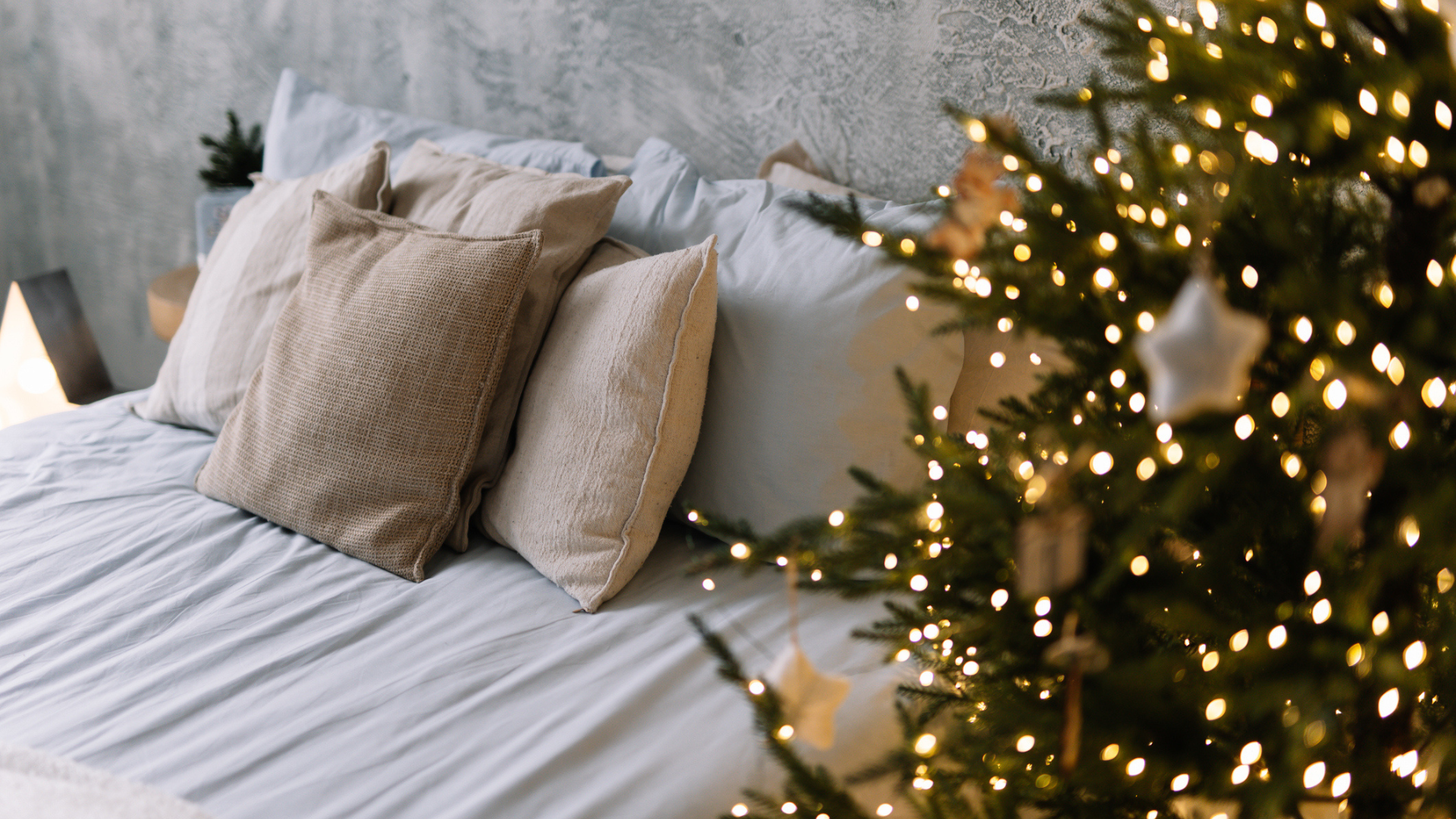Would you let TikTok choose your bed? Shoppers are using social media to find a mattress — but I think it’s a bad idea
Social media has its benefits but I don't trust it to know what I need from a mattress
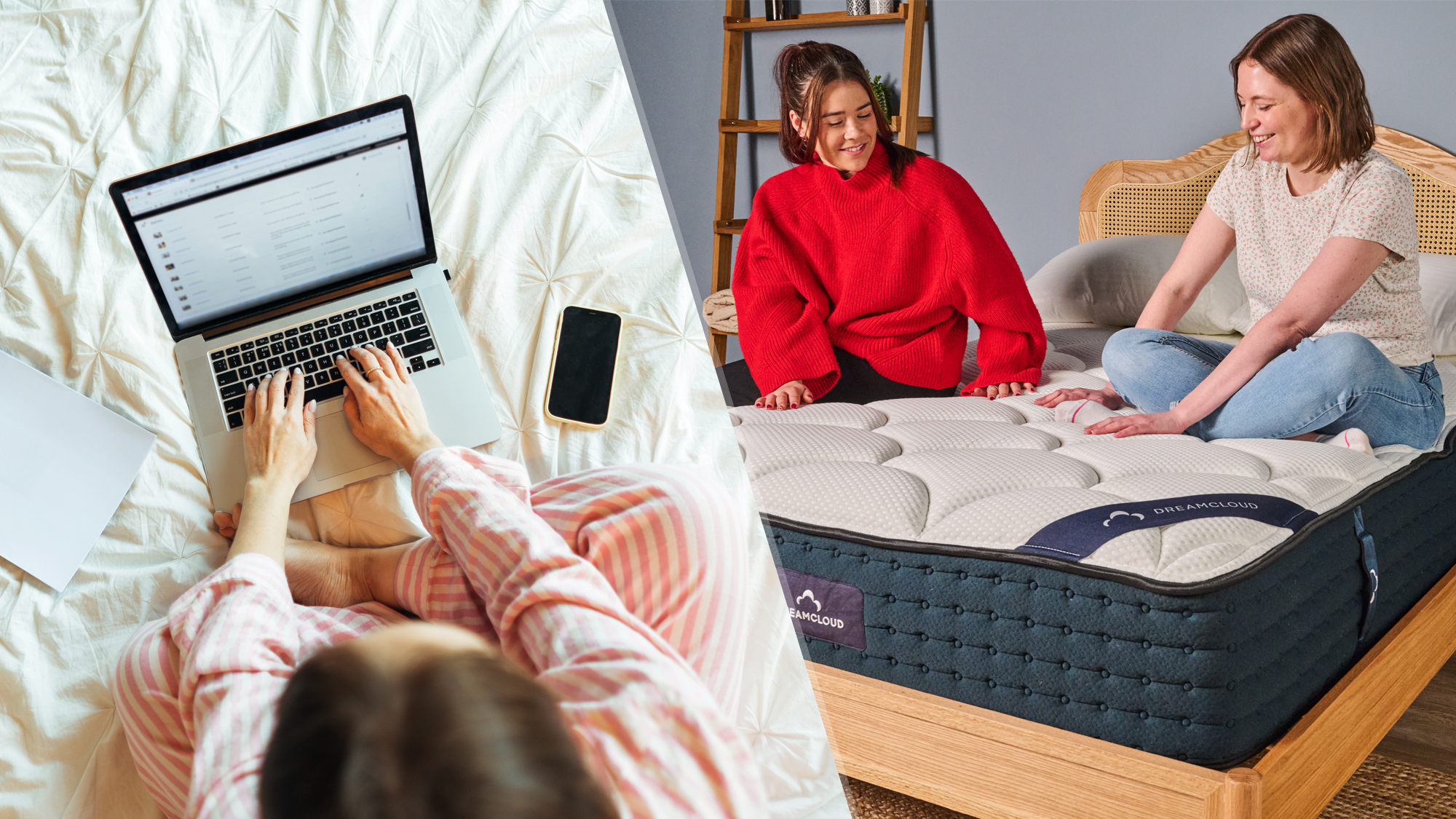
I'm a mattress writer, deals hunter and all-round bed nerd so when the National Bed Foundation (NBF) announced the findings of its 2025 survey, I was curious to discover the nation's mattress shopping habits.
The survey, which questioned 1,000 adults buying a mattress in the UK, found some interesting trends among shoppers — sustainability is up, secondhand down and people are still struggling to get the right mattress first time.
But the trend that most caught my eye is the growing use of social media in mattress shopping. And it's has me conflicted.
Social media's increasing role in mattress shopping
While I don't rule out searching online for opinions when buying a bed — we consider customer reviews for every model in our best mattress guide — social media is rarely the best place to find clear, honest feedback.
20% of respondents using social platforms for pre-purchase insights
National Bed Foundation
But the NBF reports that "20% of respondents use social platforms for pre-purchase insights" (that's up 17.5% from 2024.)
Unsurprisingly, this trend was most common in younger demographics, with 38% of the 25-34 age group likely to use social media when buying a bed and 30% of people aged 16-24 (although I suspect fewer people this age are mattress shopping altogether.)
But I'm a mattress expert and if you're searching social media for mattress opinions, I recommend you do so with caution.
Can social media decipher my mattress needs?
First, it can be hard to find honest, detailed feedback online.
Social media tends to prioritize the sensational which makes it a great place to find mattress horror stories, like your mattress arriving covered in mold. However, the best reviews offer balance.
These middle-of-the-road mattress opinions rarely make a dent on social media algorithms. And, in my experience, people who are generally happy with their mattress are less likely to go online to chat about it.
Plus, while we all aim to be internet savvy, on many social media platforms it's difficult to tell the difference between an ad and an opinion.
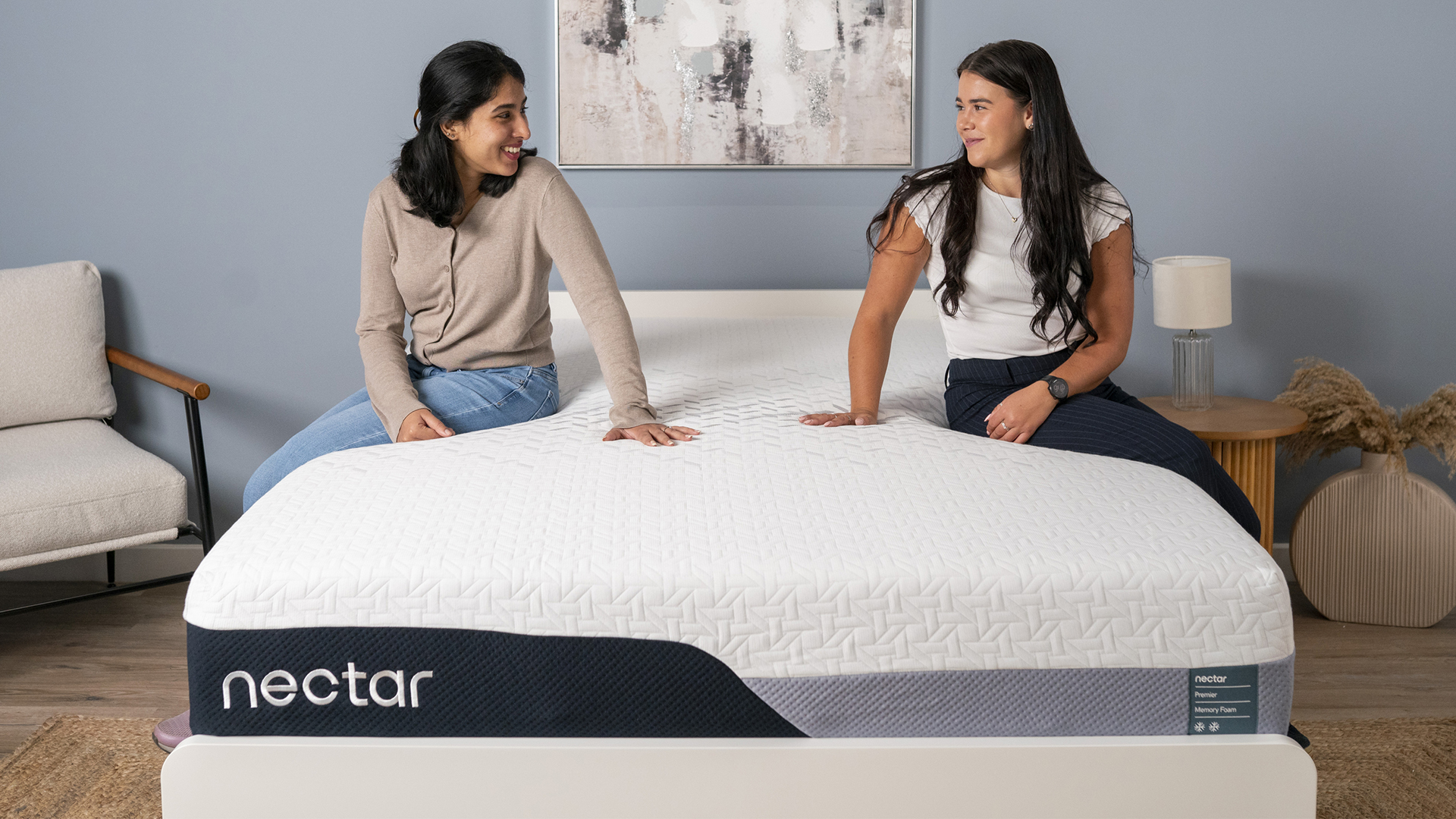
Second, social media rarely gives the full background of the user. What are their sleep needs? What are their preferences? What were they sleeping on before buying a new mattress and how long have they used it before sharing their opinion?
While these questions might seem intrusive, they give vital information about the user experience. Mattress comfort is highly subjective which is why our Tom's Guide mattress testing involves sourcing opinions from a variety of people with different sleep needs.
I'm not advising you to avoid social media altogether — I've been testing the Dreamstage Value Diamond Hybrid quilted mattress and I'm interested to see if other people's opinions align with mine — but if you are looking for opinions, make sure they only form one part of the buying process. The more reviews you read, the better you can understand a mattress.
Further takeaways from the NBF survey
Social media isn't the only thing on the rise for mattress shoppers. Here are some other trends observed by the NBF...
1. Sustainability is in
The NBF Consumer Bed Buying Survey found that 73% of respondents were willing to pay more for a greener mattress, with younger shoppers most likely to prioritize sustainability.
I've noticed a growing trend toward organic mattresses, with many of our top-rated sleep brands adding a 'natural' mattress to their bed line-up. Wool mattresses and bedding are also making waves, especially as natural materials help you cool down in the heat.
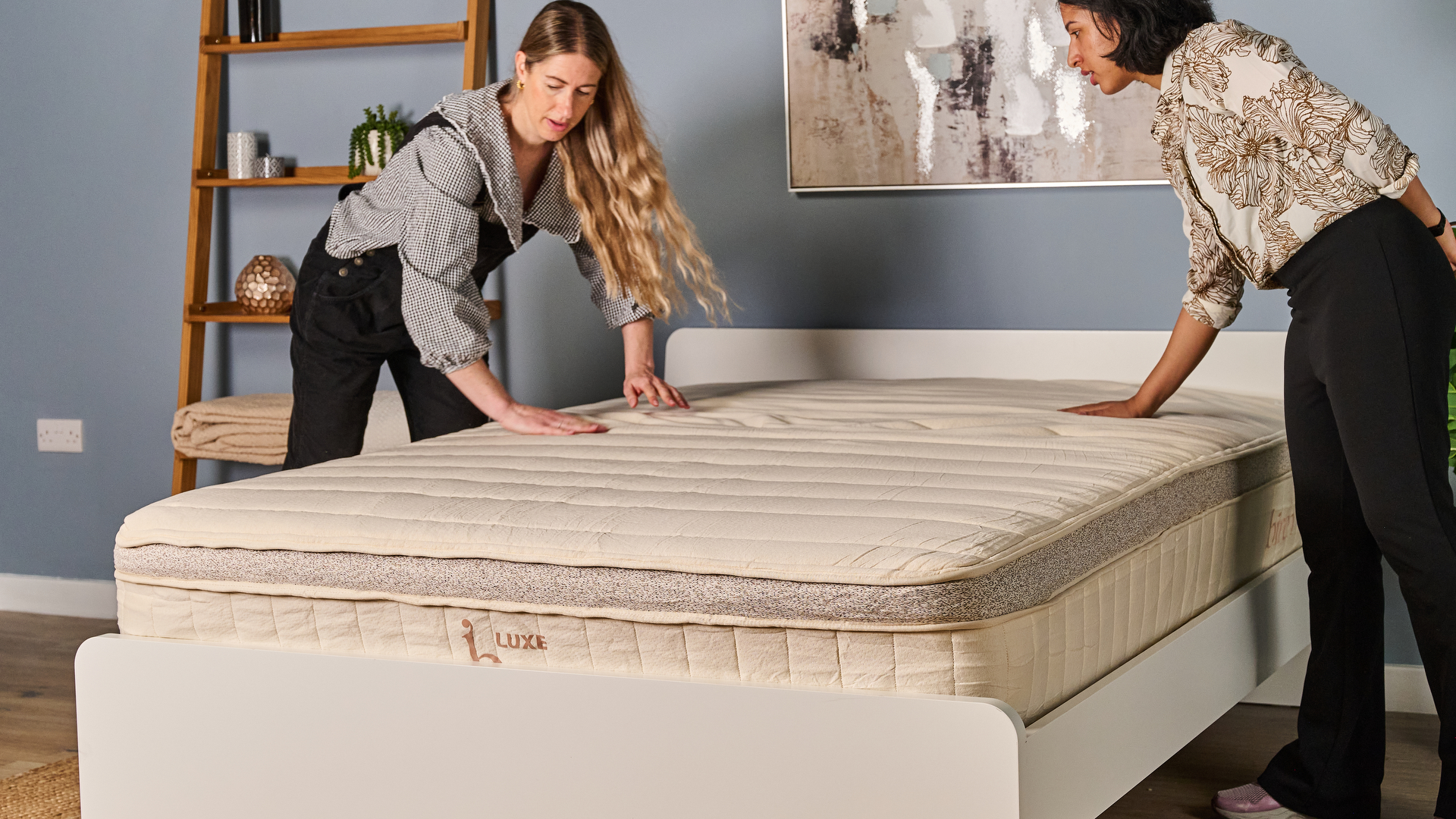
Shopping sustainably can be expensive but these natural materials are known for their durability, meaning they can be a smart investment.
2. Secondhand is out
The NBF notes that secondhand bed purchases have "significantly declined" in the past year and as someone who writes about mattresses for a living, this doesn't surprise me.
Refurbished mattresses are often cheaper than their new counterparts but I recommend doing a lot of research making a purchase. Make sure you're buying from a trusted retailer and inspect the mattress closely before you start using it.
3. People are paying more
I recommend thinking of your new mattress as an investment piece and setting your budget accordingly. Roughly one-third of our lives is spent in bed and as a good mattress can last up to 10 years, that's many hours of snooze.
Consumers appear to agree, as the UK shopper is spending more on a mattress than before — the NBF survey found the average amount spent on a bed has increased from £595 to £645 ($805 to $874 US dollars.)

Pricier mattresses often have better durability, use higher quality materials (such as latex or wool), or have specialist features (such as cooling.)
However, if you're working with a tight budget, prioritizing a few key sleep needs can help you find the right mattress without breaking the bank. Timing your purchase to coincide with the mattress sales can also help you buy quality for less (Black Friday in November is the best time to shop.)
4. It's hard to get the right mattress first time
The NBF found that 28% of those who purchased a mattress later bought toppers or pads, suggesting that consumers often: "struggle to find the right mattress on their first attempt."
There's no way to guarantee getting it right first time but carefully considering your sleep needs and preferences before purchasing can cut down the risk of buying a bad bed. Our guide to choosing a mattress can get you started.
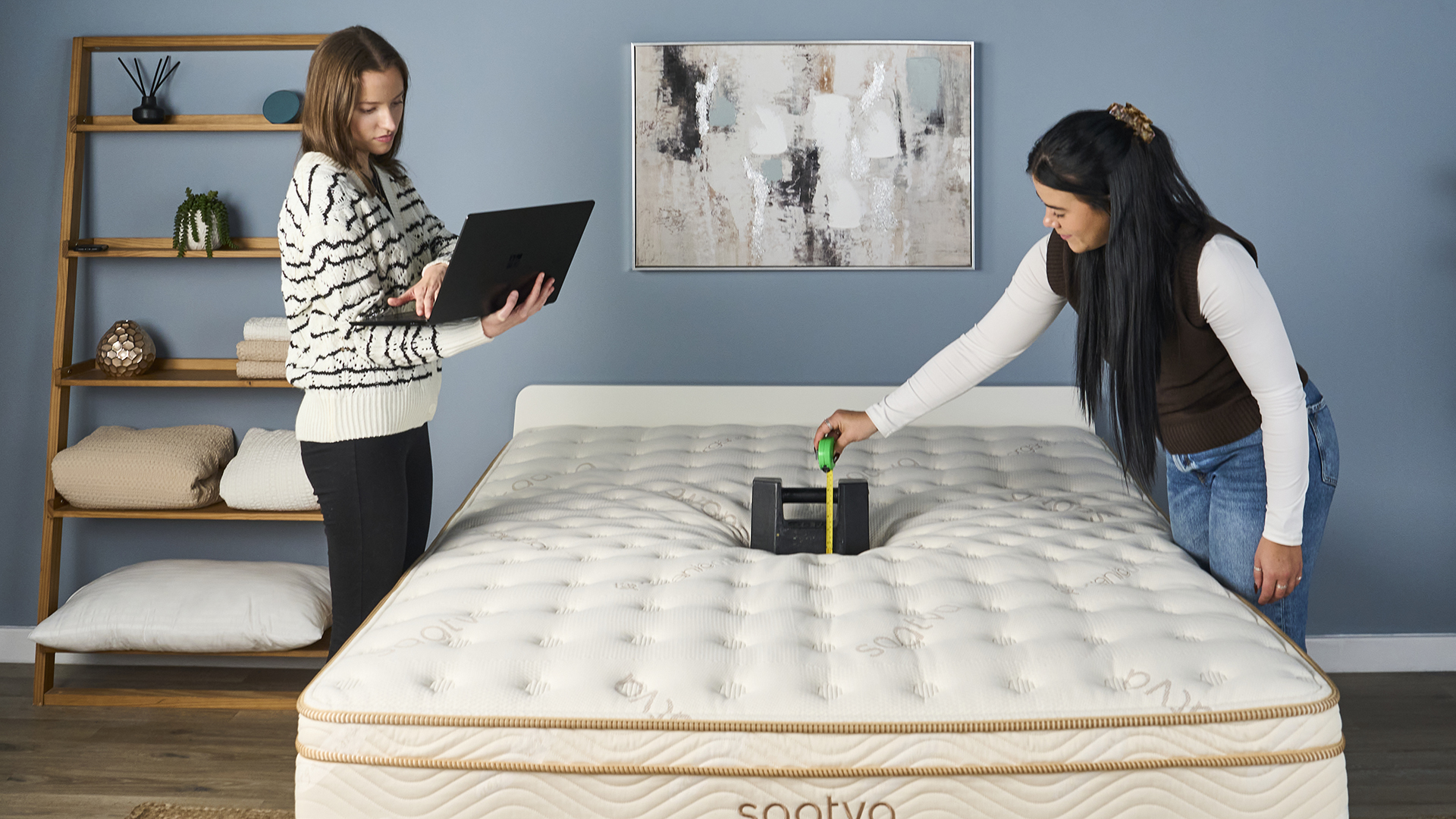
My other piece of advice? Break the mattress in before deciding if it's right for you. Whether you've shopped in-store or online, it can take a few weeks for your body to adjust to a new mattress.
5. Buying a mattress is about more than just the mattress
There's more to a bed than a mattress and while the NBF found mattress-only purchases lead the market, divan and bedstead sets are increasing in popularity.
People are also choosing accessories to go with their mattress, including pillows, duvets, sheets and mattress protectors (in my opinion, a mattress protector is a must for a new bed.)
And I can say from experience that my sleep was transformed when I swapped my old pillow for one that actually suited my sleep needs,
Follow Tom's Guide on Google News to get our up-to-date news, how-tos, and reviews in your feeds. Make sure to click the Follow button.

Ruth is an experienced Senior Staff writer at Tom’s Guide, covering all things sleep and mattresses. She writes to help people sleep better, from how-tos to the latest deals to mattress reviews, and has interviewed an array of experts who share her passion. She is also our specialist on memory foam — she’s flown around the world to see memory foam being made — and leads our hotel mattress content. She has a deep interest in the link between sleep and health, and has tried enough mattresses, from Helix to Nectar to Simba, to know the right bed really can make a difference to your wellbeing. Before joining the team at Tom’s Guide, Ruth worked as a sleep and mattress writer for our sister website, TechRadar.
You must confirm your public display name before commenting
Please logout and then login again, you will then be prompted to enter your display name.
